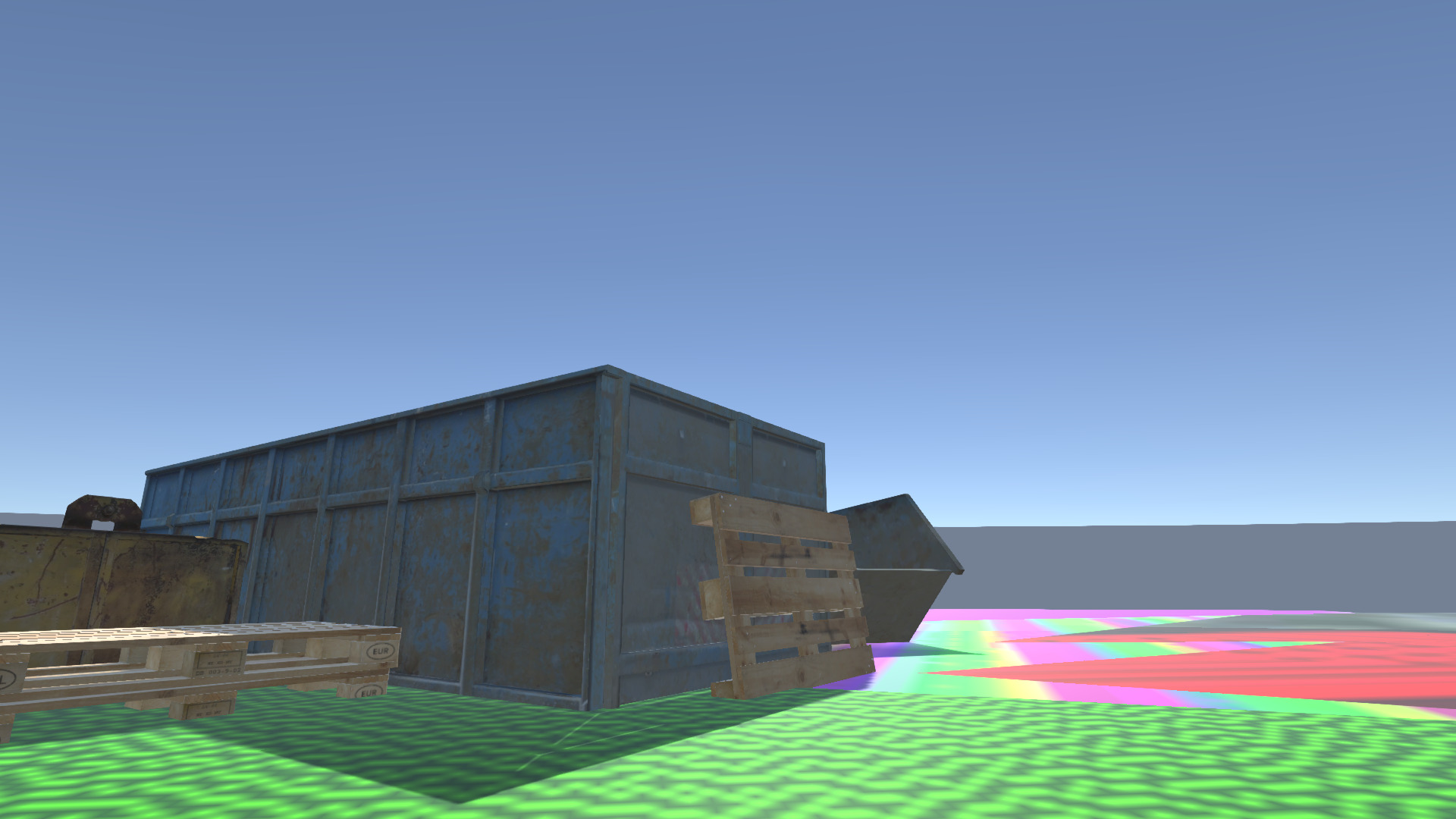
In a previous post I wrote about finding a 13-yr old not functional windows laptop and throwing Lubuntu on there and having a ‘new’ to me snappy computer. In this post I’m writing about re-using ‘trash.’
The dumpster is a generative space for both discarding past images or objects and finding new ones, and new works can be constructed using this detritus.
This is a sentence pulled from a description of an online artspace I built for fellow artists and members of my art collective. I haven’t really seen online trash space built into networked spaces or communities previously, but it’s so fundamental to the way I work that it seemed like a necessary thing to include when I build online community: a shared space for discard and re-use of materials.
Right now I’m (IRL) in northern europe with my collective, visiting a museum to do a series of projects. We’ve been here before and are fairly familiar with the town we’re in. One of our favorite places to go is the Reuse Center which is open noon to 1700 a few days a week. We get chairs, dolls, balls, wood, bottles, old electronics, wheels, platforms….these are just off the top of my head.
In my home city of NYC there is a space called Materials for the Arts. It’s a large multi-story warehouse operated by the city that collects discarded items from city agencies. From my experience it’s mostly art teachers that visit to get supplies to use. But the members of my collective (officially a non-profit) usually send 1 or 2 folks a month to go to gather materials for our upcoming exhibits. Things we’ve gotten there in the past: bucket paint, canvas, old violins, a hot dog vending cart, sandwich board signs, stereos and speakers, phone cases, nails, wood panelling….this is only a small sampling from my memory.
I’d say the vast majority of exhibits we’ve presented featured at least some materials from these spaces, used to build out artworks, the physical gallery infrastructure, for use in performances, and more. In addition, as we move around the city we’ll text when we find good usable items on the street discarded, or in dumpsters.
Of course re-using consumerist excess helps reduce new consumption. A lesser but still valid benefit is that when you use primarily discarded or waste materials it helps provide a useful constraint around your activities, ‘artwork’, or other projects, or serves as a starting point for deciding what you’ll make next, either as a meal (if it’s food), or as artwork or for performances, if it’s materials.
The main useable tools for collecting materials for re-use are so simple: a large bag, and sometimes friends to help you move huge things, a bike or other transport. Gloves are nice to have for rough materials. And some previous experience working with materials so you can brainstorm new ones when you see raw materials is helpful. I think it’s important to leave behind materials that you don’t have a vision for re-use. It doesn’t make sense to just move trash along that will need to be dealt with elsewhere. In my city there are Buy Nothing groups, “Curb alerts” people post on Craigslist, and even explicit “FREE, works” -type hand-made signs that people tape to things left on the street.
Some cities have these kinds of re-use centers, ‘free’ areas of choice materials recoverd at the dump, and some cities even have explicitly artist-run recycling programs.
SF’s Recology Center
Philly’s Recycled Artist in Residency )